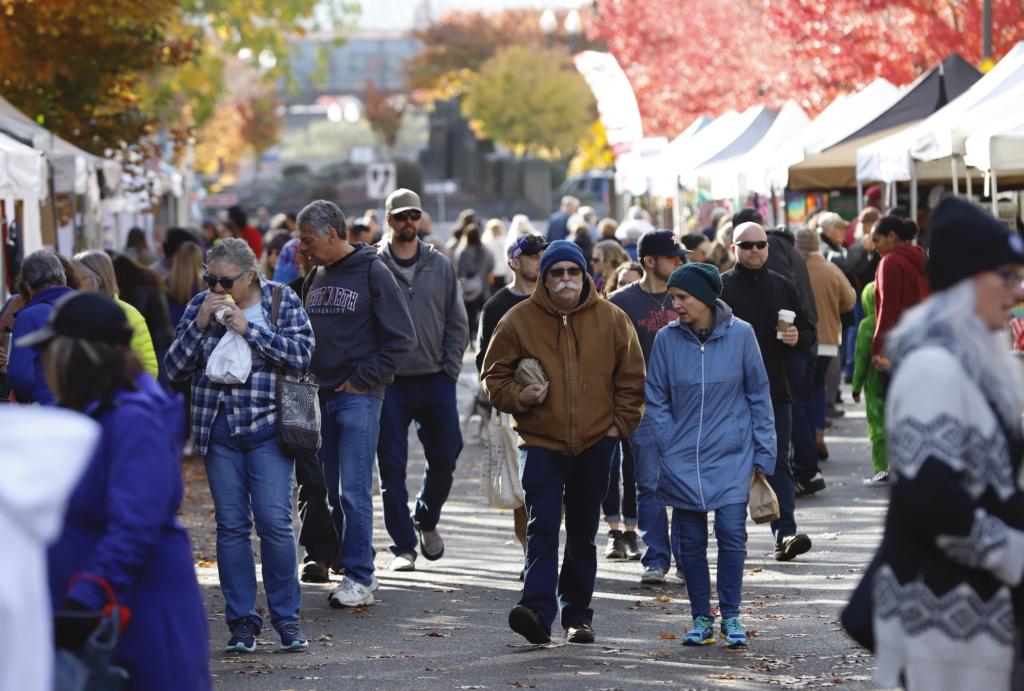The COVID-19 pandemic did not hamper Washington’s growth between April 2019 and April 2020, as the state added 109,800 people, a 1.5 percent increase, the Office of Financial Management announced Monday.
The growth, which occurred mostly before the pandemic began, brings the state’s population to 7,656,200, the office said.
Vancouver was the state’s second fastest-growing city during that 12-month period, adding 4,400 people. Clark County, which added 10,700 people, was the fourth fastest-growing county. Vancouver’s estimated population was 189,700 residents and Clark County’s was 499,200.
“It’s a desirable location in a variety of ways,” said state demographer Mike Mohrman.
He cited Clark County’s proximity to Portland, outdoor amenities and the economic activity of the metro area.
This is the third year of strong growth primarily concentrated in Washington’s five largest counties: Clark, King, Pierce, Snohomish and Spokane.
People moving to Washington accounted for three-quarters of the state’s population growth with natural increase (births minus deaths) responsible for the other 24 percent. In Clark County, about 84 percent of the population growth was attributed to people moving here and 16 percent to natural increase.
To accommodate these newcomers, an estimated 46,800 housing units were built statewide between 2019 and 2020; that’s 1,800 more than the previous year and a high for the decade. More than half of those housing units were multifamily.
While Mohrman said the novel coronavirus’s impact on population growth was minimal this year, the same can’t be said for next year.
“That pattern is going to be broken or is broken now, and how that all plays out remains to be seen,” he said.
For one, people tend to stay put and have fewer children during times of economic uncertainty.
“Whenever there is an economic crisis, it tends to have an impact,” Mohrman said.
The COVID-19 pandemic may also disrupt the scheduled rollout of 2020 census data, which would impact the Office of Financial Management’s estimates that are based on the decennial census. Typically, the census releases state-level data by Dec. 31, with county and city data released sometime in March or April, but members of Congress look to extend that first deadline to April 30, 2021.
The Office of Financial Management could end up basing its 2021 estimates on 2010 data and then do additional estimates later once it has 2020 census results.
“It’s up in the air right now,” Mohrman said.
This scheduling shake-up would also extend the deadline for submitting redistricting data to states and localities from March 31, 2021 to July 31, 2021 — one of the major, tangible impacts of each decennial census.




